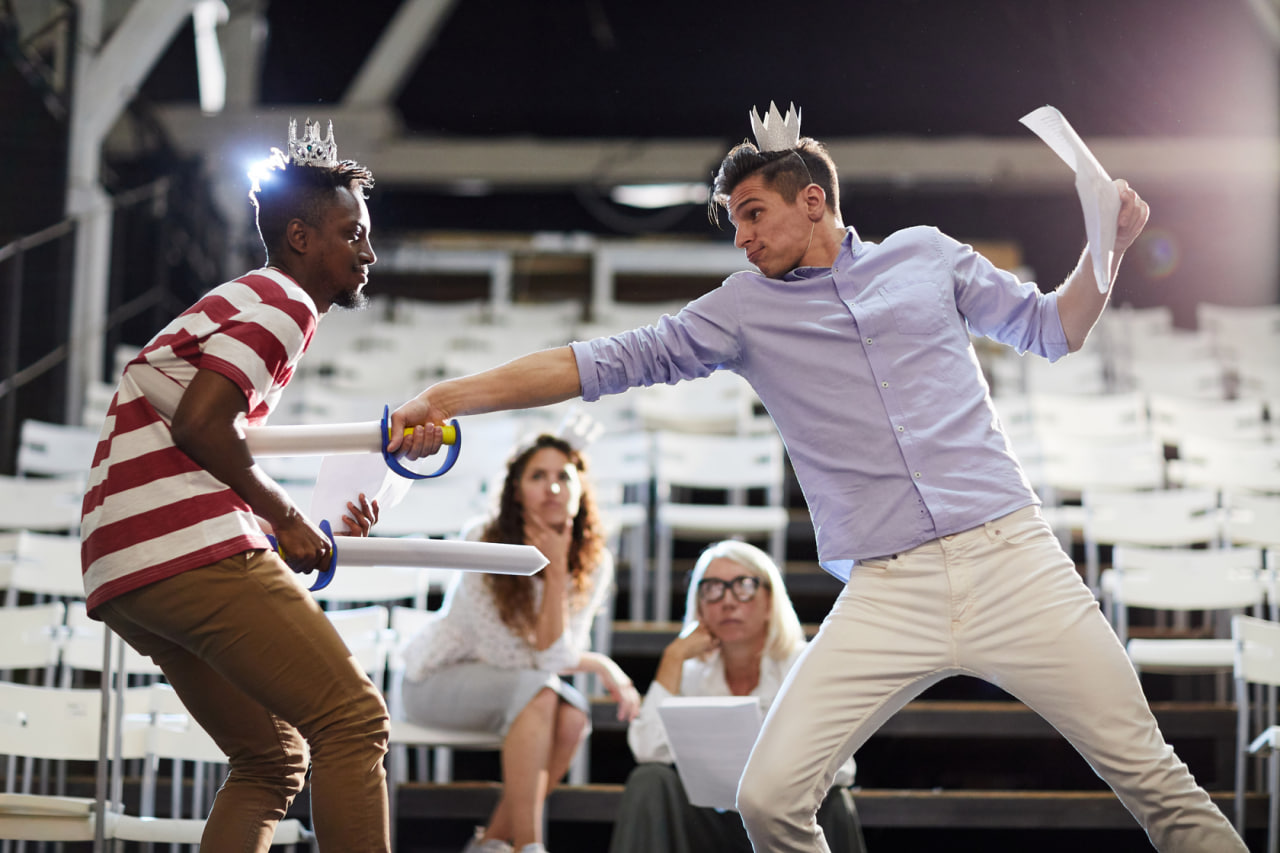In contemporary theatre, the body is as powerful a tool as the voice. Physicality, movement, and expressive gestures allow performers to convey emotion, tell stories, and engage audiences in ways that words alone cannot achieve. Mastering movement enhances stage presence, deepens character portrayal, and creates a richer, more immersive theatrical experience.
Understanding the Role of Physicality
Physical expression is essential in modern performance because it communicates emotion, intention, and subtext. Actors who move with awareness can convey complex feelings without uttering a single word. Whether it is a subtle shift in posture, a deliberate gesture, or dynamic interaction with other performers, physicality brings authenticity and depth to a performance.
Contemporary theatre often explores abstract or symbolic movements, pushing performers to experiment with form, rhythm, and space. This emphasis on movement encourages audiences to interpret meaning visually, creating a more participatory and thought-provoking experience.
Developing Body Awareness
The first step in enhancing performance through physicality is cultivating body awareness. Actors must understand how their bodies occupy space, how posture affects perception, and how subtle movements can convey distinct emotions. Techniques such as Alexander Technique, yoga, or dance training help performers develop control, flexibility, and alignment.
Body awareness also allows actors to respond intuitively to other performers, stage environments, and audience reactions. By being present in their bodies, actors can create performances that feel grounded, fluid, and natural.
Expressive Techniques for the Stage
Several techniques are commonly used to improve physical expression in contemporary theatre. Mime and gesture exercises train performers to communicate intention clearly. Movement improvisation encourages spontaneity and adaptability, while ensemble exercises foster synchronization and interaction with fellow actors.
Incorporating rhythm, tempo, and spatial awareness into performances enhances storytelling. For example, the pace of movement can reflect tension, excitement, or contemplation, while proximity between actors can indicate relationships, conflict, or intimacy. These subtle choices create layers of meaning that enrich the audience’s experience.
Integrating Voice and Movement
Physicality and vocal expression are deeply interconnected. The way an actor moves affects breath, projection, and vocal resonance, while vocal choices can inform movement. For instance, a heavy, grounded stance may support a deep, resonant voice, whereas lighter, agile movement may enhance high-pitched or rapid dialogue.
Contemporary theatre often emphasizes this integration, encouraging performers to explore how voice and body together create cohesive, powerful expression. Exercises that combine movement with vocalization help actors develop coordination, stamina, and emotional authenticity.
Character and Emotional Depth Through Physicality
Movement is a key tool for embodying characters fully. The way a character walks, gestures, or holds themselves reveals personality, emotional state, and backstory. Physical choices can also suggest psychological tension, motivation, or conflict. By experimenting with movement, actors discover new dimensions of their characters and create richer, more believable performances.
Expressive physicality also allows actors to communicate subtle emotions that may not be explicitly stated in the script. A glance, tilt of the head, or shift of weight can convey vulnerability, strength, hesitation, or resolve, adding nuance to every scene.
The Power of Ensemble and Spatial Awareness
In contemporary productions, movement is not just individual—it is collaborative. Actors must navigate space in relation to each other, props, and set design. Ensemble work fosters trust, timing, and awareness, ensuring that performances feel unified and intentional.
Spatial awareness also affects audience perception. Strategic positioning, movement patterns, and stage utilization guide focus, emphasize key moments, and create dynamic visual compositions. Mastery of space amplifies the emotional and narrative impact of a production.
Incorporating Physicality Into Practice
Actors can enhance their physical expression through daily exercises and workshops. Warm-ups, stretching, movement drills, and improvisational exercises improve flexibility, coordination, and responsiveness. Observing real-life movement, studying dance or martial arts, and practicing mirror exercises are also effective methods.
Consistent practice allows performers to move with confidence, adapt to various roles, and respond spontaneously to changes on stage. Physicality becomes not just a tool but an integral part of their artistic voice.

